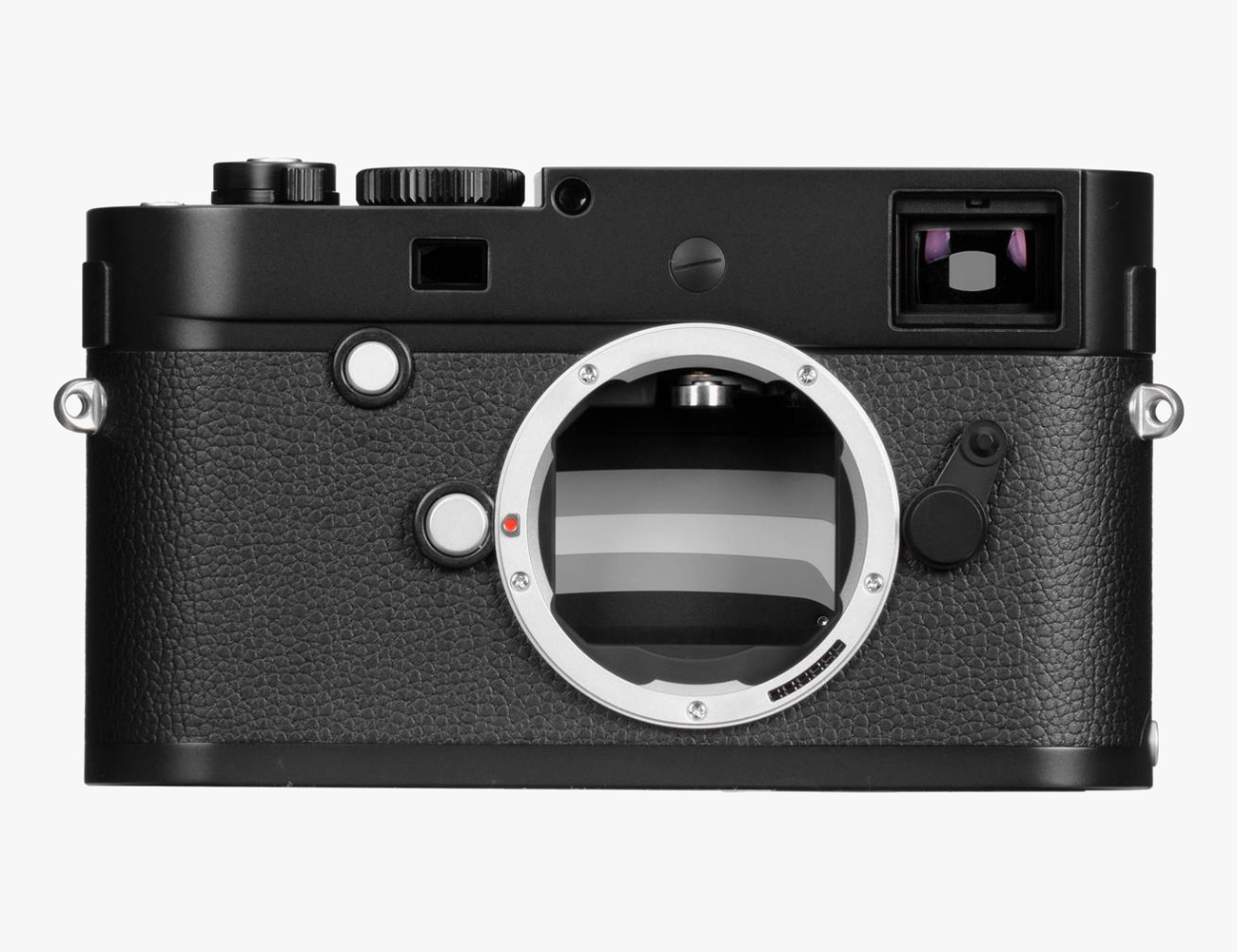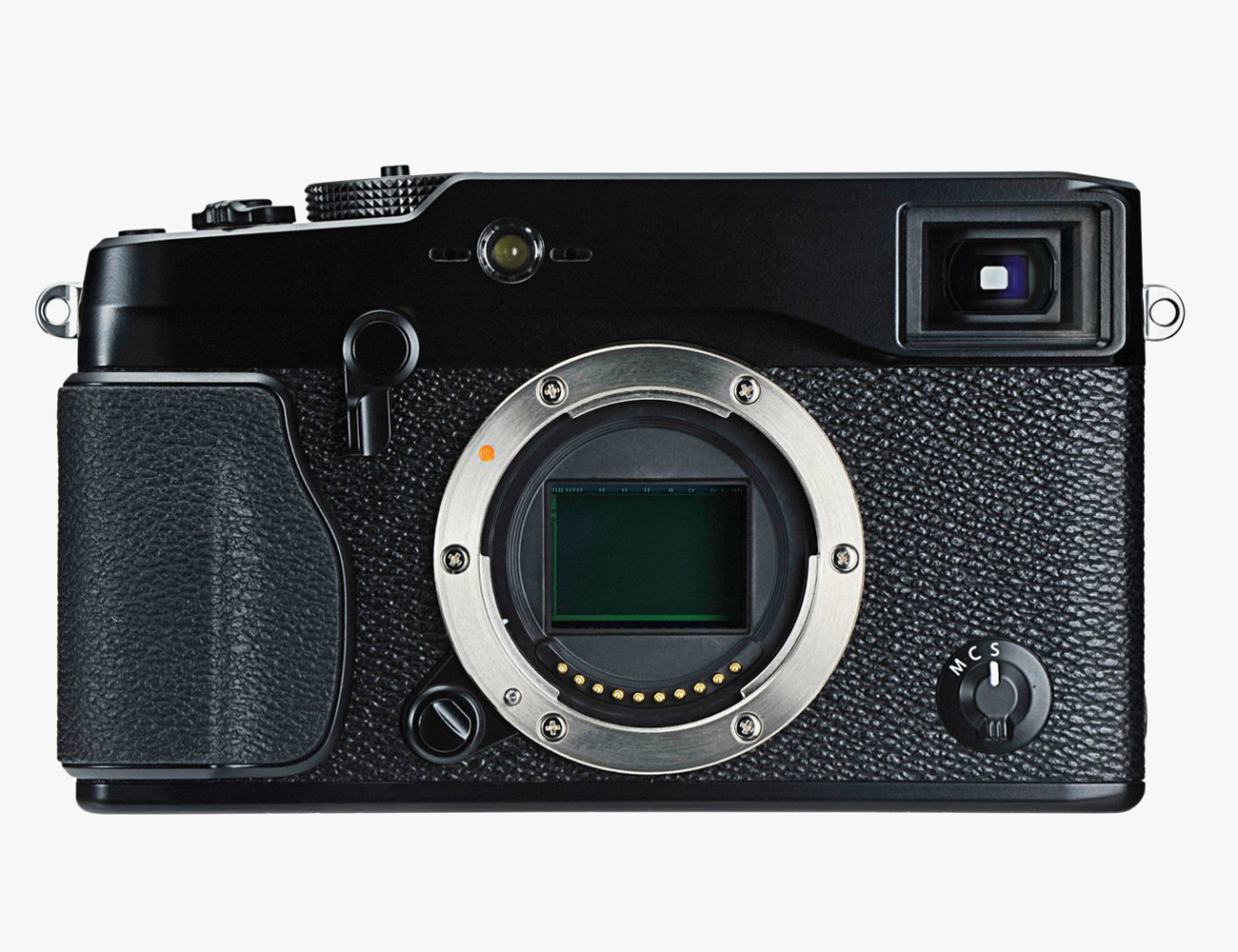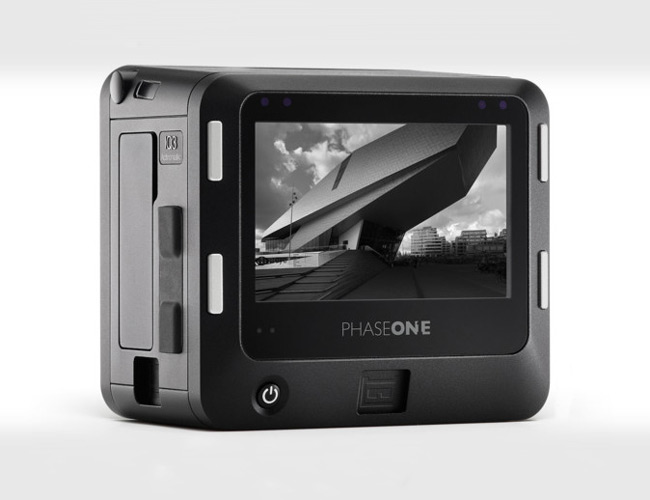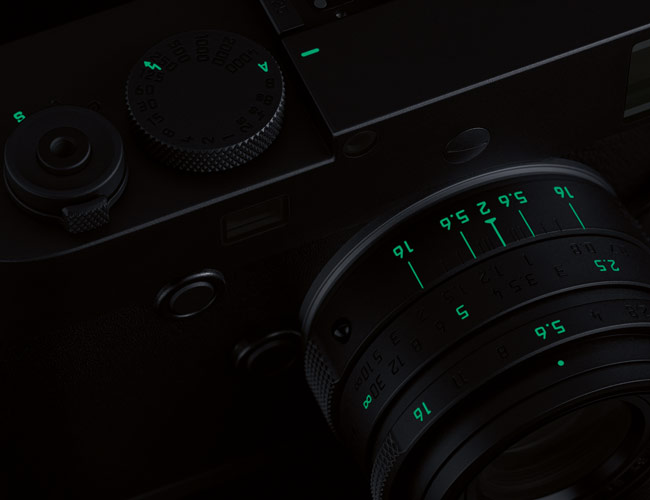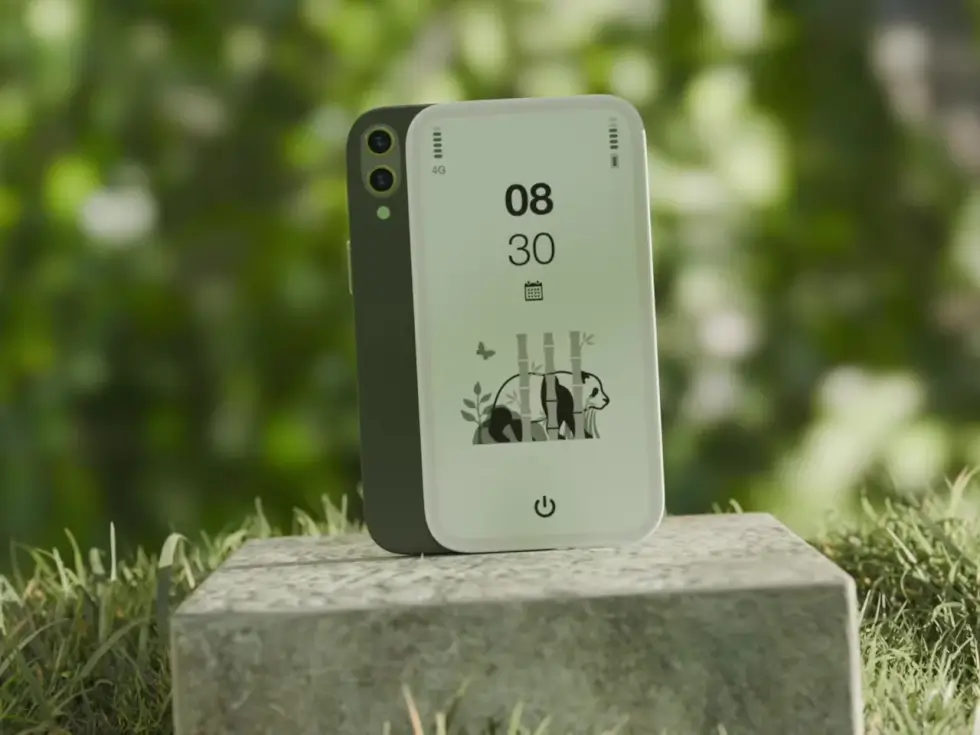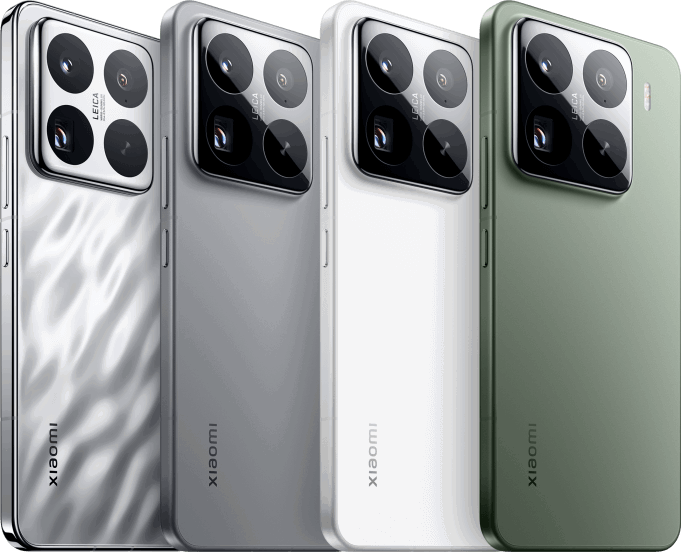A monochrome (or black-and-white) photo can be nostalgic, timeless, beautiful and these days there are a few ways to capture one. Many digital cameras have monochrome modes. You can also edit photos with programs like Photoshop and Lightroom, or by using a RAW converter, that turn your color photo into a monochrome photo. For the best monochrome photos, however, you really want a camera that doesn’t collect color information at all, and they’re a decidedly rare breed.
What makes a monochrome camera better? Most conventional digital cameras have color filters laid over its sensor that capture a full-color image — this process is called demosaicing — but these filters also interfere with the sensor’s ability to capture the full spectrum of available light. This means that even though a digital camera’s monochrome mode can do a good job, it’s not going to be able to reach the same black and white levels of a monochrome camera. The advantage of using a conventional digital camera when shooting in monochrome mode, on the flip side, is you can turn black-and-white RAW photos into colored photos after they’ve been taken.
Monochrome photography is a bit different than traditional photography — things like light, shadows, shapes and textures play much more prominent roles. (Since most photographers see in color… this adds another level of difficulty.) But for those who really have a passion for monochrome photography, and they want to take the best quality photo, they should really look into a dedicated monochrome camera. Be forewarned, there aren’t many options and they are all pretty expensive.
Leica M Monochrom
The Leica M Monochrom is a rangefinder-style digital camera and a true black-and-white shooter. Released in 2012, it’s beloved by most serious photographers, but it’s also known for being quite difficult to use. It doesn’t have autofocus, so you’ll have to adjust the lens’s focus ring — any of Leica’s M-Series of lenses are compatible with the M Monochrom — to capture in-focus photos. Aperture is also controlled by the lens. It doesn’t have great bursting or video shooting (up to 1080p) abilities, either. And it lacks wi-fi, GPS, and NFC, which are all common features on today’s digital cameras. However, the M Monochrom has a 24-megapixel full-frame sensor and flexible ISO (320-25600) and can capture stunningly crisp black-and-white photos. For expert photographers who aren’t scared away by this Leica’s price tag, this is the best monochrome camera you can buy.
Fuji X-Pro1-M
For those who don’t want to spend as much on a monochrome-only digital camera, there’s the third-party company LDP LLC (MaxMax.com), who sells modified versions of the Fuji X100S-M and Fuji X-Pro1-M. They convert Fuji’s X-Trans color sensor cameras to monochrome by removing the color filter array, and, according to MaxMax.com, they perform very well: “Fuji monochrome cameras can compare quite favorably to the Leica M but with higher performance in many respects and with a much lower price.” You can currently purchase the Fuji X-Pro1-M for $2,425 and the Fuji X100S-M for $2,600.
Phase One IQ3 100MP Achromatic
Phase One’s IQ3 100MP Achromatic is a digital back that allows any IQ3 XF medium-format camera to shoot black-and-white-only photos. Announced in 2017, the digital back has a brand new 101-megapixel CMOS sensor with a max ISO of 51,200, making it that most light sensitive medium format digital back that you can currently purchase. It also has an electronic shutter button, built-in wifi and can capture up to 60-minute long exposures. This camera back is really designed for photographers looking to take super high-resolution photos of architecture and landscapes. At at $50,000 for the back alone, they probably need to be serious photographers.
Leica teamed up with clothing company Rag & Bone to make the stealthiest camera ever and it’s basically perfect. Read the Story

